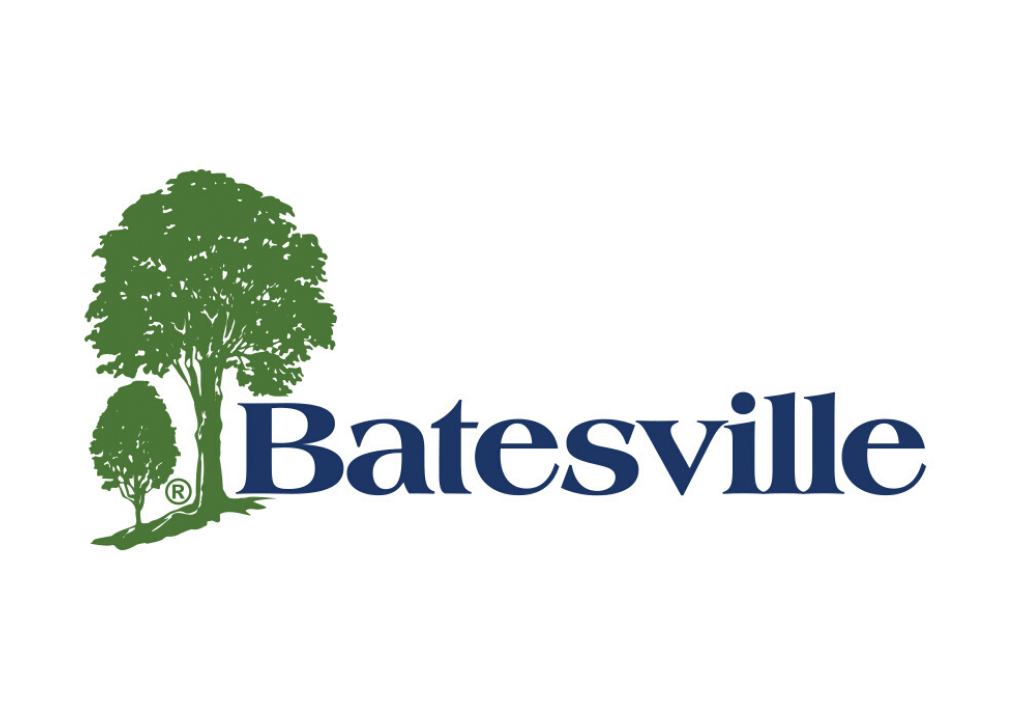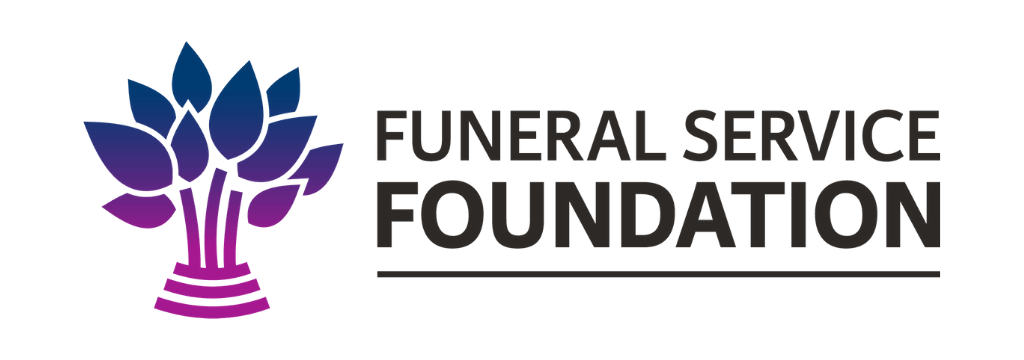Body Donor Firms Market Their Mission to The Living

Linda Olson could not promise an easy death.
But she did promise a quick and cost-free aftermath to a roomful of Boomers and seniors gathered to hear her marketing pitch for the Biological Resource Center tissue bank.
Donate your body to medical research and we’ll handle the arrangements for your loved ones, she said, displaying a polished wooden box that would contain the cremated remains of her prospects.
Within three weeks of death, the donor’s body would be harvested. The tissue would go to medical researchers who study diseases and test drugs, while the organs would be used by surgeons to practice their techniques. All would be in hopes of an eventual cure for debilitating diseases such as cancer, diabetes and dementia.
The family would get a tasteful container of their loved one’s ashes, a letter of appreciation and a copy of Chicken Soup for the Grieving Soul.
Tissue banks are a burgeoning industry, soliciting donors for tissues and organs provided to drug firms, medical-device manufacturers, universities and hospitals for a fee.
Those companies compete with other groups that also use donated bodies. Research institutes, often based at universities or large hospitals, typically sign up donors and conduct their own research on donated bodies. Medical schools – the traditional recipients of bodies “donated to science” – use cadavers to train future doctors.
The increased competition for body donors has institutions of all types discreetly selling themselves to the living.
The field is now so crowded both nationally and in Arizona that the non-profit American Medical Education and Research Association, representing health, university and research professionals, opened in Phoenix a year ago to lobby lawmakers and accredit tissue banks. More than 20 tissue banks have opened nationwide in the past decade, including seven in Arizona, which now has more than any other state.
Garland Shreves, owner of a local tissue bank that opened two years ago, is matter-of-fact about the growing competition among donor agencies.
“It is a business,” he said. “Oncology is a business. Hospice is a business. Society needs what we do.”
With an average funeral and burial costing about $12,000, consumers have plenty of incentive to donate their bodies. Most private agencies transport, embalm and cremate a body for free.
But finances are just one reason that people are drawn to donate. Most appreciate their death might contribute to scientific progress, a cure for a specific disease, an improved surgical technique or the invention of a new device.
After Olson’s talk, several couples decided to sign the paperwork to donate their bodies to science.
“We thought it would take the burden off our family,” said Jay Stahl, a 62-year-old Sun City resident. “Also, the end would not be the end. We would have a bigger purpose.”
For a cure
Brian Browne has run marketing for the Banner Sun Health Research Institute for eight years and has 2,000 donors signed up to show for it.
Like many other research institutes, he targets the marketing to donors who want their bodies used to help cure specific diseases.
The institute, known as the brain bank, differs from tissue banks, which usually act as clearinghouses for a wide range of researchers and physicians. The non-profit institute began by focusing solely on brains. It does its own research on its donors and sends brain tissue to scientists around the globe researching Alzheimer’s and Parkinson’s diseases.
Browne is a brain enthusiast who shows off the institute’s research to visitors by cupping a brain in his hand and pointing to where it was malformed by Alzheimer’s disease. Even a man fainting at the sight only temporarily disrupts the lecture.
Browne’s pitch: immortality.
“When we do find the treatment for Alzheimer’s, it will be from one of the brains here at Banner Research,” Browne told a civic group on a recent tour.
The institute, based in Sun City, offers the “freshest brain tissue” in the world.
“We have the fastest postmortem autopsy time in the world – 2.7 hours,” Browne said, having assembled his tour around the steel table where brains are extracted. “Typically, the brains are still warm in our hands when we remove them from our bodies.”
Because the institute works on Alzheimer’s and Parkinson’s, it often seeks donors who are suffering from the diseases.
Donors typically sign on after being diagnosed, sometimes a decade or more before death.
The timing helps both parties. The institute will keep a detailed patient history on each brain, and donors have access to medical help based on their research.
There are other bonuses for donors.
“Folks who feel like they’ve lived simple lives and haven’t done anything significant, they see us as a legacy,” Browne said. “They see us as the best thing they’ve ever done.”
He is sanguine about the rivalry for donors.
“I think there is probably plenty of room in the marketplace for everybody,” he said. “We’re so proud of our research. We’re not looking at this as a competitive situation.”
About five years ago, the brain bank began accepting full-body donations for other research projects, and that program includes free cremation.
But for brain donors, the institute also appeals to those who have traditional ideas about what will happen after they die. Because only the brain is extracted, the body can still be prepared for an open-casket viewing.
For altruism
In Tucson, Jillane Coots is aware that marketing for the anatomical donor program at the University of Arizona College of Medicine lacks pizzazz. For her and her colleagues, the idea of donors’ legacies is simple: aiding the study of medicine.
Until a few years ago, the university did not do any outreach for donors but relied on volunteers who wanted to give their bodies to education.
Word of mouth had always been enough. The school had donors signed up even before the program started in 1967. It didn’t even have a website until 2005.
“We have brochures,” Coots said. “They are not the latest and greatest.”
A few times a year, Coots will drive out to a hospice and talk to workers about the program. People nearing the end of their lives often ask hospice workers about the options, especially those that reduce costs.
Donors like the idea of aiding the nation’s future doctors. They can know that they will “become teachers,” Coots says, for four or five first-year medical students. After that, parts of the bodies go to upper-level students. Nothing is wasted.
The potential downside is that the families will have to wait up to 18 months to get the ashes back.
Until recently, the university charged families for transporting the body to Tucson.
UA now will pay those costs for bodies from Pima, Maricopa, Pinal and Cochise counties.
The university program, which goes through about 60 cadavers a year, cannot guarantee acceptance at death. If the deceased ends up having a highly contagious infection, such as AIDS, the body will be rejected and the family will have to pick up the costs.
Still, donors at UA are on the uptick, as they are everywhere. Coots fields 30 inquiries a week, where she used to hear from 10 to 15 potential donors. The economy, she is sure, has something to do with it, and competition may heat up when consumers can again afford full funerals.
“Once we have time, I think it would be a good thing to market ourselves a little better,” Coots said. But she’s not quite comfortable with the idea.
“It’s a weird thing for me to go in and take our brochure somewhere,” Coots said. “We want that word out there, but we never want them to feel that we are soliciting. That word is not in our vocabulary.”
For the savings
Some private agencies also market on the possibility of a cure or educational legacy, but their angle is mainly about the donor saving money. They pitch the idea of a no-cost death.
Tissue banks offer free transportation of bodies and often give some form of guarantee that they will cover costs even if the body is rejected for research.
Representatives talk to retirees at housing developments and mobile-home parks, and they attend hospice seminars. Shreves, a funeral-home owner who opened Research for Life two years ago, touts the tissue bank’s burials at sea.
Shreves also tells donors that tissue banks such as his have an immediate impact on science and health care. He sends tissue to hospitals, universities, medical-device companies and drug companies.
Business is good. He said the company expects to process 500 to 600 cadavers this year alone. Tissue banks typically make their revenue by charging substantial service fees to researchers and drug companies in need of human tissue.
Drug companies, for instance, consider 35 tissue slides from a single donor one “set” of slides, Shreves said. A manufacturer might need 50,000 of those sets to test a drug.
Tissue banks, he tells prospects, offer the highest use, spreading the “gift” to many scientists immediately.
He said he is proud to market that service.
“I don’t think it’s wrong,” he said. “I think it’s important to market so people know they have a choice.”
Deciding to donate
Edith Brozka, 88, decided to donate her brain to the Banner Sun Health Research Institute more than a decade ago. A “control donor” with a non-diseased brain, she liked the idea that research might have spared her husband the debilitating symptoms of Parkinson’s disease.
“It made me really interested,” she said. “I think, well, maybe I’ll help somebody.”
She chose Sun Health over a medical school or tissue bank because she wanted to know exactly what would happen. And, because she wants to be buried next to her husband and have a regular funeral, the brain bank was her best choice.
Diana Darnell is adamant that her body go to the university. Darnell, 51, a professor of cell biology and anatomy at the University of Arizona, sees how much students benefit from working with the real thing.
“I think it’s amazingly cool to think that I could continue teaching after I die,” she said. “I know how interesting it can be for students. I think some of them think of their cadaver as an extra lab partner.”
Susan Feierabend, a 57-year-old Surprise resident, also considered donating her body to a university. She is a retired nurse, and her whole family has had careers in medicine.
But she listened to Olson’s presentation for the Biological Resource Center in January and later signed the paperwork.
She wanted to join the fight against Alzheimer’s and other diseases that will increase as the Baby Boomer generation ages.
She also liked the free cremation and the promise that a reputable crematory would handle her remains.
“I wanted it to go for research, helping to fight specific disease processes or finding new and progressive surgical techniques and then sending my ashes back to my family,” Feierabend said. “I have a lot of friends with parents with Alzheimer’s disease.”
Feierabend believes more marketing is needed to ease people’s cultural fears about donating their bodies to science.
“I think the average person just doesn’t think about it,” she said.



